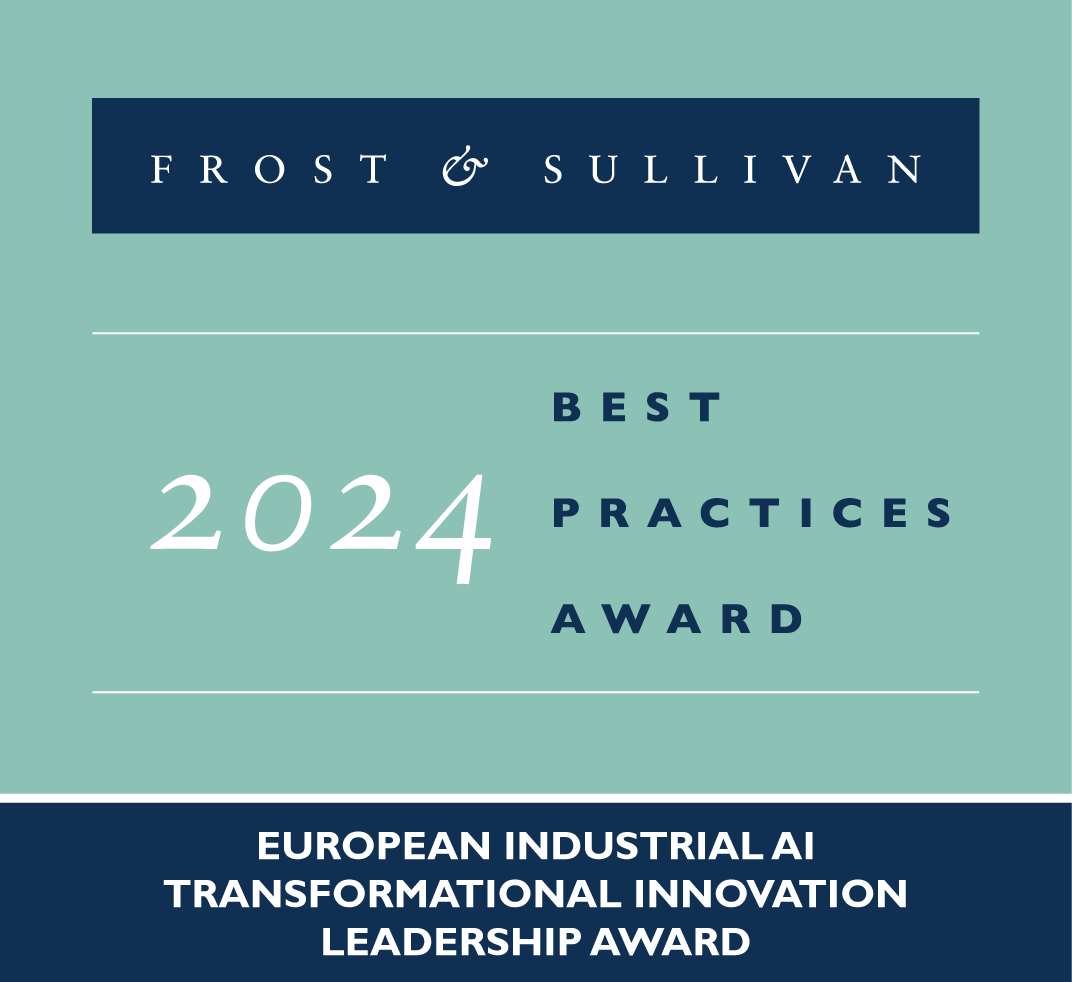Download Frost & Sullivan’s full CABG Analysis to explore the key innovations, competitive shifts, and strategic opportunities redefining the future of cardiac surgery.
As cardiovascular diseases (CVD) remain the leading cause of death globally, coronary artery bypass grafting (CABG) continues to be a vital surgical intervention for patients with complex coronary artery disease (CAD). However, while CABG is a well-established procedure, the industry is undergoing rapid change. From the integration of robotic systems and advanced imaging techniques to the shift toward value-based care models, the future of CABG is being reshaped by innovation, precision, and personalized patient care.
Frost & Sullivan’s latest analysis dives deep into the CABG devices industry, forecasting it to grow from $9.39 billion in 2024 to $12.20 billion by 2029, at a CAGR of 5.4%. This growth is fuelled by evolving clinical needs, disruptive technologies, and competitive pressures that are redefining surgical pathways.
Understanding the CABG Market Landscape
CABG procedures, whether on-pump (using heart-lung machines) or off-pump (performed on a beating heart), remain the preferred treatment option for patients with multivessel disease, complex blockages, and high SYNTAX scores. While the volume of CABG procedures has declined in recent years due to the increased adoption of PCI (percutaneous coronary Interventions), CABG continues to be the standard of care in cases where PCI is ineffective or contraindicated.
Today’s CABG market comprises a wide array of specialized devices:
- On-pump CABG tools include oxygenators, cardioplegia sets, filters, hemoconcentrators, and tubing kits.
- Off-pump systems include stabilizer and positioner devices, intracoronary shunts, and blowers/misters.
- Supporting technologies include ECMO (extracorporeal membrane oxygenation) systems, endoscopic vessel harvesting (EVH) tools, and coronary flow probes.
These innovations are helping clinicians perform safer, more effective surgeries with better post-operative outcomes. However, technological advancement alone isn’t enough—surgical training, cost-effectiveness, and reimbursement models play equally vital roles in adoption.
💡 Are you prepared to support a patient population with increasingly complex cardiovascular conditions—and shrinking tolerance for lengthy recovery times?
Minimally Invasive and Robotic CABG: The Next Frontier
The rise of minimally invasive cardiac surgery (MICS)-CABG is one of the most significant trends in the market today. This approach, which involves smaller incisions, offers several patient-centric benefits including:
- Shorter hospital stays
- Reduced risk of infections and complications
- Faster recovery and return to normal activities
- Better cosmetic outcomes
The integration of robotic-assisted CABG procedures further enhances precision, dexterity, and visualization, making it an attractive option for surgeons. However, robotic CABG adoption is still in its early stages, limited by high capital costs, steep learning curves, and the need for clinical validation.
🤖 Will robotic CABG become the new gold standard—or remain a niche option due to costs and complexity?
The industry must overcome these barriers by:
- Developing robotic-compatible CABG instruments
- Providing hands-on training and simulation programs for cardiac surgeons
- Introducing flexible pricing models for surgical robot platforms
- Publishing large-scale clinical trials to demonstrate long-term outcomes
🔍 Are current training programs sufficient to help cardiac surgeons master these advanced tools—and use them at scale?
Advanced Imaging and AI Are Reshaping Preoperative Planning
Another disruptive trend is the increasing use of advanced imaging and AI-driven planning tools to enhance surgical precision. Techniques such as intraoperative angiography, coronary computed tomography angiography (CCTA), and 3D mapping help surgeons:
- Visualize coronary anatomy with unprecedented clarity
- Accurately identify graft placement sites
- Minimize the risk of complications and revision surgeries
In April 2024, a groundbreaking human trial showed that fractional flow reserve derived from CCTA (FFR-CT) could replace traditional invasive coronary angiography for pre-CABG planning. This not only streamlines workflows but also reduces the procedural burden on patients.
💭 What if AI could reduce post-CABG complications by predicting surgical risks before the first incision is made?
AI-based diagnostic and planning platforms are now supporting patient selection, outcome prediction, and even real-time grafting simulations. As these tools evolve, they will be central to delivering safer, more consistent outcomes.
Market Dynamics: Competitive Pressures and M&A Activity
The CABG devices market is highly competitive, with more than 50 companies generating revenues above $1 million. The top six players—Boston Scientific, Getinge, LivaNova, Medtronic, Nipro, and Terumo—collectively hold around 54% of the market share.
⚔️ In an intensely competitive landscape, is innovation alone enough to secure leadership—or is surgeon loyalty the true differentiator?
Key competitive factors include:
- Product performance and reliability
- Clinical evidence supporting outcomes
- Technical innovation and ease of use
- Pricing strategies and after-sales support
We are also witnessing increased mergers and acquisitions in the space. For instance, Johnson & Johnson’s $16.6 billion acquisition of Abiomed was aimed at strengthening cardiac portfolios and expanding into adjacent technologies. Similarly, Qualigen Therapeutics recently entered a non-binding MOU to acquire Marizyme, signaling a strategic move into the $10 billion CABG market. The deal aims to leverage Marizyme’s DuraGraft platform—that has been granted clearance by the US Food and Drug Administration (FDA)—to bolster Qualigen’s cardiovascular portfolio.
Barriers to Growth—and How to Overcome Them
Despite promising trends, several barriers continue to limit growth:
- Availability of alternatives like PCI that are perceived as less invasive
- Surgeon reluctance due to lack of familiarity with new technologies
- Surgical complications such as stroke, bleeding, and infections
To mitigate these challenges, manufacturers and healthcare providers must invest in surgeon education, cross-functional collaborations, and clinical validation of newer technologies.
🧠 Are you doing enough to close the knowledge gap between innovation and day-to-day clinical adoption?
Strategic Growth Opportunities Ahead
Amongst many, our analysis highlights three core areas where stakeholders can drive future growth:
- Minimally Invasive Surgeries: Train surgeons in MICS techniques, invest in advanced visualization systems, and develop smaller yet more efficient tools to reduce risk and increase eligibility.
- Robotic-CABG Ecosystems: Collaborate with robotics companies to build specialized CABG tools. Support hospitals with bundled training programs and explore global partnerships to scale access.
- AI and Imaging Innovation: Partner with imaging tech providers to create holistic diagnostic-to-therapy pathways. Use AI not just for imaging but for outcome prediction and real-time surgical guidance.
💬 Where will your organization play in the next-generation CABG value chain—product development, partnerships, AI, or all of the above?
The Road Ahead: What’s Next for CABG?
As CABG continues to evolve, it offers new clinical, economic, and strategic opportunities for MedTech companies, healthcare systems, and investors. By embracing minimally invasive technologies, leveraging AI and advanced imaging, and fostering surgical innovation, the CABG market is poised for a transformation that prioritizes both clinical excellence and patient outcomes.
Download Frost & Sullivan’s full CABG Study to explore regional trends, competitive insights, and strategic recommendations.




